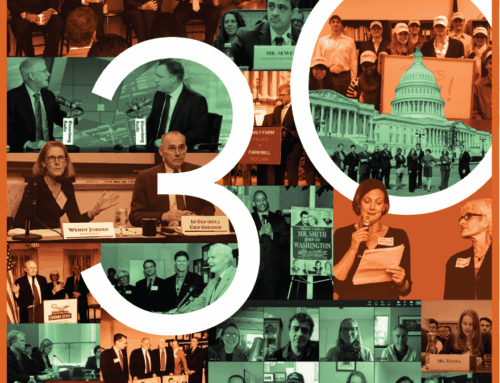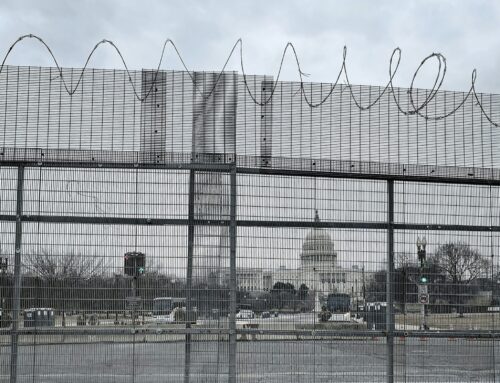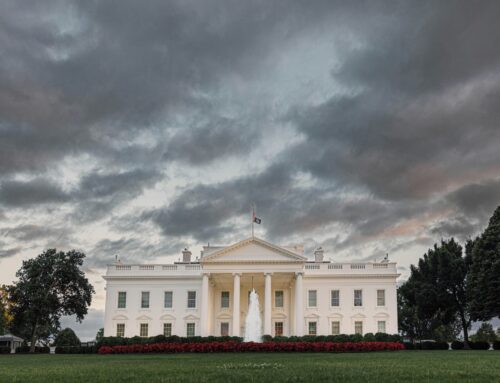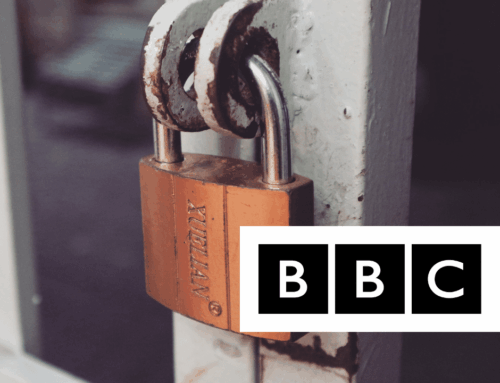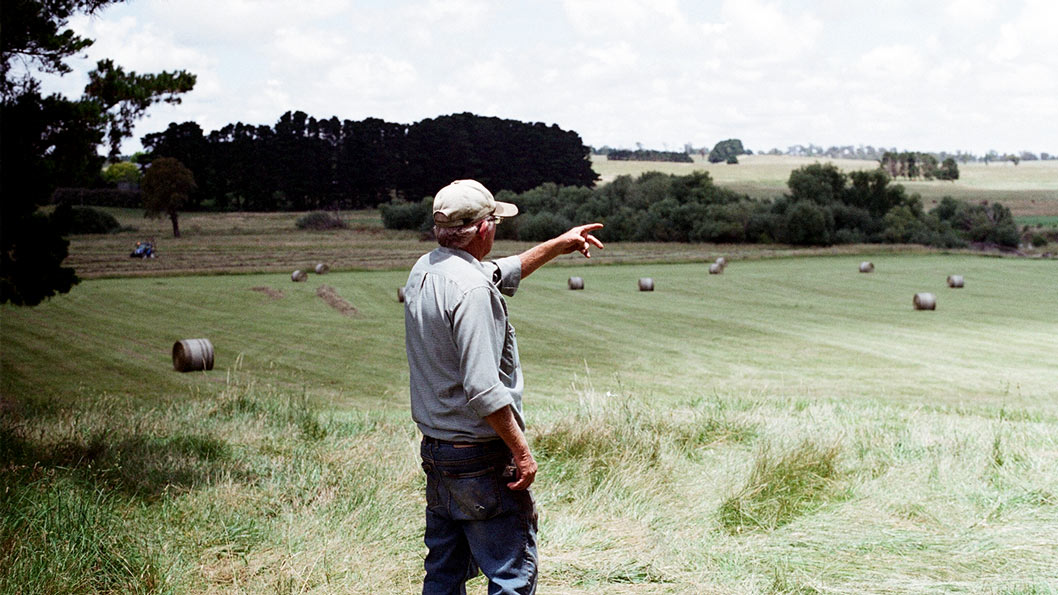| Press Release |
 |
| National Summary |
 |
On Wednesday, a new report was released revealing that states across the country are largely unprepared for the increasingly frequent and severe extreme weather events of the future. The interactive report – States at Risk: America’s Preparedness Report Card – provides a grade to each of the 50 states based on both the magnitude of the current and future threats they face, and the action states have taken to prepare for them relative to other states.
How prepared the states are for extreme weather events can have huge effects on federal spending. Under the current system, when a state is overwhelmed by a disaster, they request a major disaster declaration from the President which triggers the flow of federal funds. And the federal share of disaster costs has been climbing dramatically. At TCS, we know that with disasters, an ounce of prevention is worth a pound of cure. So we hope the report prompts states to reevalute their disaster preparedness.
A press release with the key findings of the report, as well as a national summary, are available at right. Comments to press by Steve Ellis, Vice President of Taxpayers for Common Sense, on the report's release and its implications for taxpayers are printed below.
|
November 18, 2015
Steve Ellis, Vice President of Taxpayers for Common Sense Comments to Press on the Relase of:States at Risk: America’s Preparedness Report CardI really appreciate the work that has been done to compile the States at Risk report and am pleased they asked me to comment on it. Obviously policymakers can quibble with this evaluation or that grade, but the folks behind his report have shown their work and added to the discussion with data. And at Taxpayers for Common Sense, we like data and showing your work. Bravo. I am Steve Ellis, Vice President at Taxpayers for Common Sense a national non-partisan budget watchdog that has been working on disaster related issues and spending since our inception 20 years ago. I have been working in this area since when I was a young junior officer in the Coast Guard and was involved in the national policy response to the Great Midwest Flood of 1993. Bottom line, with disasters an ounce of prevention is worth a pound of cure. Well not exactly, there are 16 ounces in a pound, but the estimate is that every dollar spent on mitigation is worth at least four in recovery and it probably is more than that. Under the current system, when a state is overwhelmed by a disaster they request a major disaster declaration from the President which triggers the flow of federal funds. What is staggering is that the federal share of disaster costs has been climbing dramatically. After Hurricane Hugo in 1989 the federal share of disaster relief was 25 percent, but that has steadily increased to where after Superstorm Sandy, the federal share of the disaster costs was in excess of 75 percent. If you’ve got free money, manna from heaven, then what incentive is there for states to invest in reducing risk? Americans are big-hearted, but we cannot afford to be soft-headed. Restructuring programs for a sliding scale in disaster relief, helping those who have done the most in planning and mitigation to help themselves post-disaster would trigger greater investment. Any mitigation and disaster planning efforts at the state level requires cash out of their budget. And it goes without saying that there are real-world tangible needs that are fighting for that limited amount of budget cash. But a little tough love from Uncle Sam can help pressure that investment. And speaking of Uncle Sam, investing in mitigation now to buy down disaster costs later are another common sense solution. Another would be requiring states and localities to pursue insurance of public infrastructure. The Metropolitan Transit Authority in New York has insurance through a catastrophe bond, but already many events at public facilities are insured. This should be explored for everything from Capitols to City Halls. Insuring public infrastructure would not only result in laying off risk to the private sector, but also incentivize mitigation to reduce premium costs. I could go on there is federal flood insurance subsidies, underpriced water from western federal water projects, structure of wildfire fighting spending, pumping sand on beaches and subsidizing levees, but this isn’t my report and there are more to talk. We cannot afford to not take action now. Across the United States, extreme weather poses a significant risk to the U.S. economy, infrastructure, and lives, and the cost of recovery are taking an increasingly large economic toll on federal, state, and local coffers. Since the 1980s, the annual number of disasters with a price tag exceeding $1 billion has nearly tripled, from less than three to more than eight a year. Planning and taking steps to address these inevitable disasters cuts long-term costs, reduces impacts and ensures states and communities can more quickly rebound from losses. Rather than continue to write big checks post-disaster, we as a nation must invest in ourselves to become less vulnerable. |

